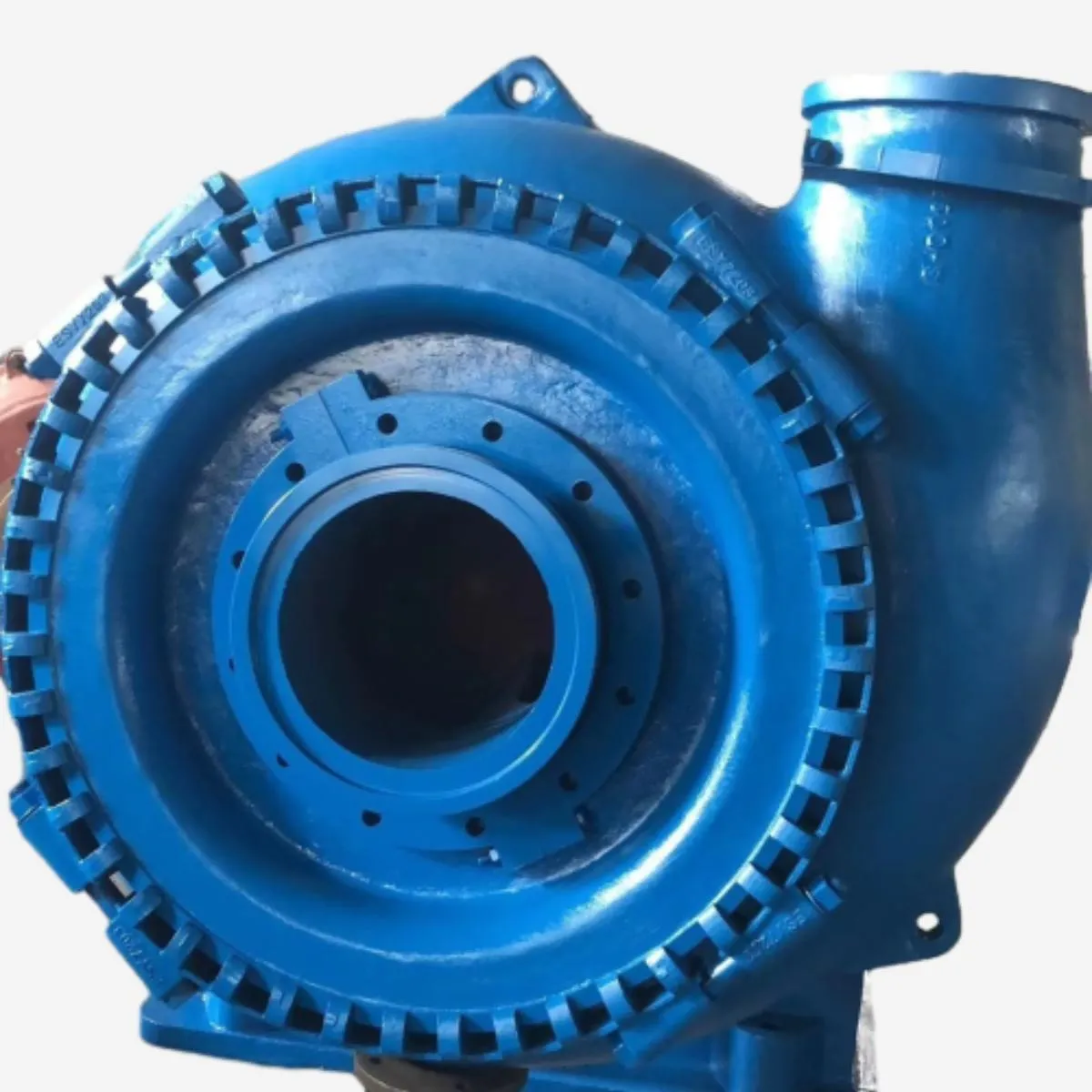hausa
- Afrikaans
- Albanian
- Amharic
- Arabic
- Armenian
- Azerbaijani
- Basque
- Belarusian
- Bengali
- Bosnian
- Bulgarian
- Catalan
- Cebuano
- Corsican
- Croatian
- Czech
- Danish
- Dutch
- English
- Esperanto
- Estonian
- Finnish
- French
- Frisian
- Galician
- Georgian
- German
- Greek
- Gujarati
- Haitian Creole
- hausa
- hawaiian
- Hebrew
- Hindi
- Miao
- Hungarian
- Icelandic
- igbo
- Indonesian
- irish
- Italian
- Japanese
- Javanese
- Kannada
- kazakh
- Khmer
- Rwandese
- Korean
- Kurdish
- Kyrgyz
- Lao
- Latin
- Latvian
- Lithuanian
- Luxembourgish
- Macedonian
- Malgashi
- Malay
- Malayalam
- Maltese
- Maori
- Marathi
- Mongolian
- Myanmar
- Nepali
- Norwegian
- Norwegian
- Occitan
- Pashto
- Persian
- Polish
- Portuguese
- Punjabi
- Romanian
- Russian
- Samoan
- Scottish Gaelic
- Serbian
- Sesotho
- Shona
- Sindhi
- Sinhala
- Slovak
- Slovenian
- Somali
- Spanish
- Sundanese
- Swahili
- Swedish
- Tagalog
- Tajik
- Tamil
- Tatar
- Telugu
- Thai
- Turkish
- Turkmen
- Ukrainian
- Urdu
- Uighur
- Uzbek
- Vietnamese
- Welsh
- Bantu
- Yiddish
- Yoruba
- Zulu
Telephone: +86 13120555503
Email: frank@cypump.com
Nov . 21, 2024 00:54 Back to list
chemical drum pump
The Essential Role of Chemical Drum Pumps in Industry
In many industrial applications, the safe and efficient transfer of chemicals is paramount. This is where chemical drum pumps come into play, serving as critical equipment in various sectors, including manufacturing, pharmaceuticals, and environmental management. These pumps are designed specifically for moving corrosive, viscous, or hazardous liquids from their containers, typically drums or barrels, into processing equipment or transport vessels. Understanding their design, functionality, and applications can greatly enhance operational efficiency and safety.
Design and Functionality
Chemical drum pumps come in various designs, primarily categorized into electric and manual models. Electric drum pumps offer ease of use, allowing for fast and efficient transfer of liquids with minimal physical effort. These pumps often feature chemical-resistant materials, such as polypropylene or stainless steel, to ensure compatibility with a broad range of chemicals. Manual drum pumps, on the other hand, rely on hand-operated mechanisms, making them suitable for less frequent use or situations where electricity might not be available.
The typical operation of a chemical drum pump involves inserting the pump into the drum, securing it, and then activating the mechanism—either electronically or manually—to begin the transfer process. Many models are equipped with flow meters, valves, and safety features to prevent overflows and spills, further ensuring safe handling.
Benefits of Using Chemical Drum Pumps
chemical drum pump

One significant advantage of utilizing chemical drum pumps is the enhancement of safety. Chemicals can pose serious health risks, and improper handling can lead to spills or leaks. Drum pumps minimize the risk of exposure by providing a contained method for transferring hazardous substances. Additionally, the use of automated pumping solutions reduces the physical strain on workers, which in turn lowers the risk of accidents and injuries in the workplace.
Another benefit is the efficiency they bring to operations. Manual transfer methods, such as pouring or siphoning, can be time-consuming and messy. In contrast, chemical drum pumps facilitate quick, precise transfers, which are crucial in environments where time is of the essence. Moreover, the ability to handle various chemical types makes them versatile tools in multi-product facilities.
Applications Across Industries
Chemical drum pumps find applications in numerous industries. In the manufacturing sector, they are commonly used for transferring adhesives, coatings, and solvents. In pharmaceuticals, they aid in the movement of active pharmaceutical ingredients (APIs) and other formulations. Environmental services utilize drum pumps for the transfer of waste and treatment chemicals, ensuring that hazardous materials are managed safely and effectively.
Conclusion
Chemical drum pumps play an indispensable role in the safe and efficient handling of hazardous liquids across various industries. By understanding their design, functionality, and benefits, businesses can enhance safety protocols, improve efficiency, and ultimately contribute to a more sustainable and safer working environment. As industries continue to evolve and prioritize safety and efficiency, the importance of reliable chemical drum pumps will only grow. Investing in high-quality drum pumps is not just a matter of convenience; it is an essential component of responsible chemical management.
-
ISG Series Vertical Pipeline Pump - Chi Yuan Pumps Co., LTD.|High Efficiency, Low Noise, Durable
NewsAug.02,2025
-
ISG Series Vertical Pipeline Pump - Chi Yuan Pumps | High Efficiency, Low Noise
NewsAug.02,2025
-
ISG Series Vertical Pipeline Pump- Chi Yuan Pumps Co., LTD.|High Efficiency&Compact Design
NewsAug.02,2025
-
Heavy-Duty Mining Sludge Pumps - Wear-Resistant Slurry Handling
NewsAug.02,2025
-
Horizontal Split Case Pump with GPT-4 Turbo | High Efficiency
NewsAug.01,2025
-
ISG Series Pipeline Pump - Chi Yuan Pumps | High Efficiency, Durable Design
NewsAug.01,2025










